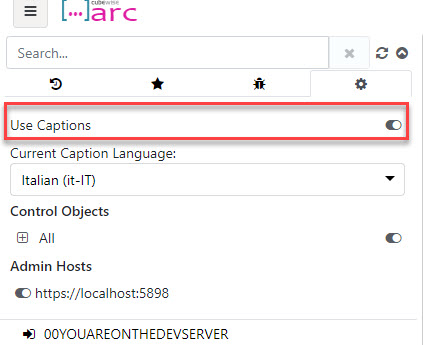Not… QUITE nothing as it turns out, but this is really bizarre.
After the discussion above I figured “OK, I’ll just ignore it, we aren’t using the caption here at least.”
As a result, I had just left it set to Italian.
On some dimensions I store a serial date (I use Excel serial dates on this server) indicating when the element was last updated.
In a TI process I was looping through some dimensions to pull that date and write it to a log file, like so:
dblTimeUpdated = AttrN(sDim, sElt, SC_ATTR_UPDATED);
#... other stuff
sUpdateTime = 'Which was updated on ' | NumberToString(dblTimeUpdated) | ', ' | TIMST(dblTimeUpdated, '\D \M \Y') ;
ASCIIOutput(sLogPurge, sName, sUpdateTime);
This came out as:
…,"Which was updated on 44664,461863426, 13 APR 2022"
Wait, what, why is there a comma between the date and time components?
{Light dawns…} It’s not a comma, it’s a virgola.
Nothing was set to Italian other than the Caption Language in Arc, and sure enough when I changed the Caption Language back to Browser Default, refreshed the page and re-ran the process I got:
…"Which was updated on 44664.461863426, 13 APR 2022"
A good old Anglo decimal point appears.
I changed the Caption language back to Italian, and a virgola appears again. (I didn’t update the process in between.)
This isn’t actually a problem, but it’s a bit odd since the running of the process and the Ascii file generation should be completely server side; it shouldn’t have any idea about my client settings.
Still, it was interesting.

